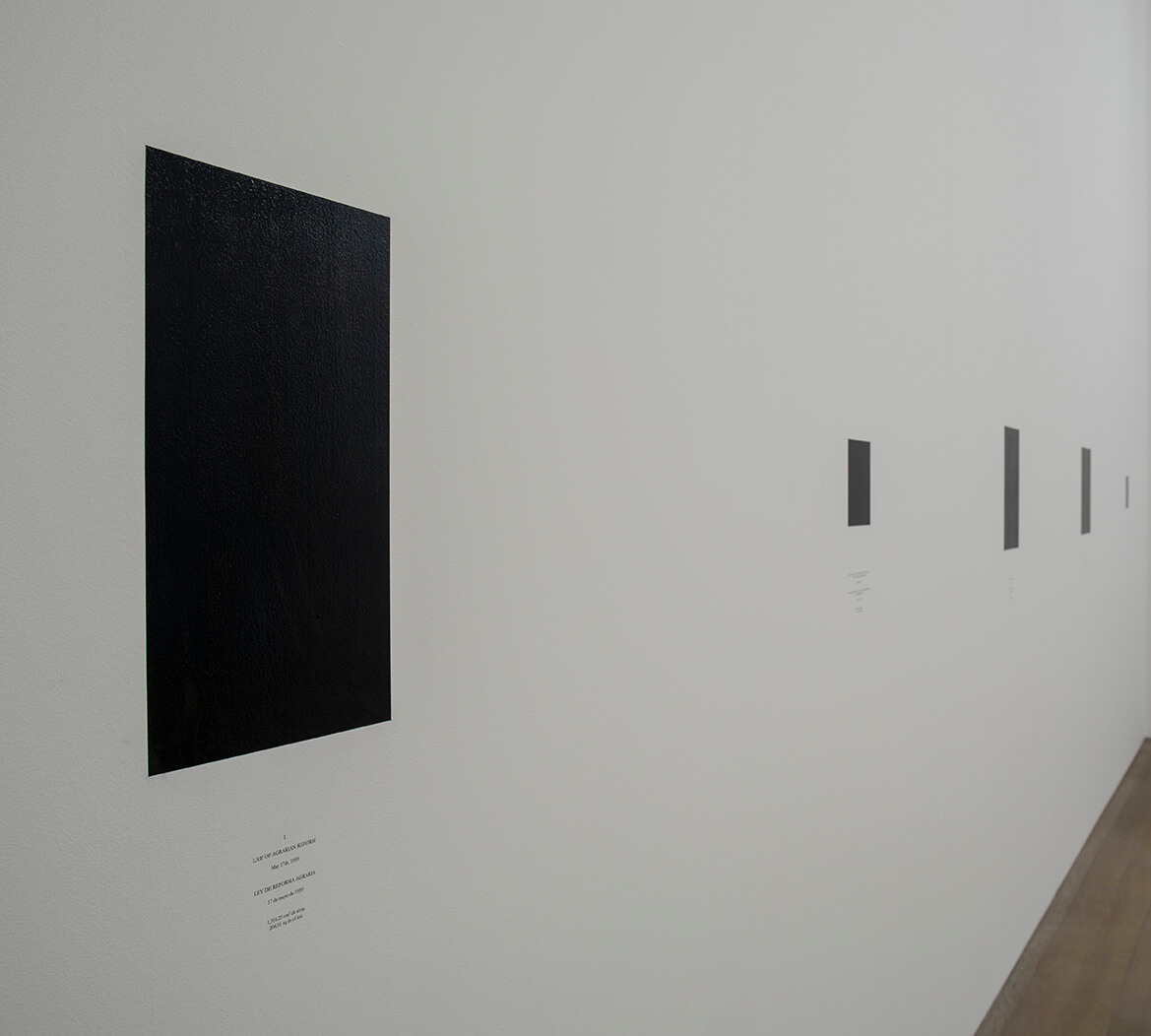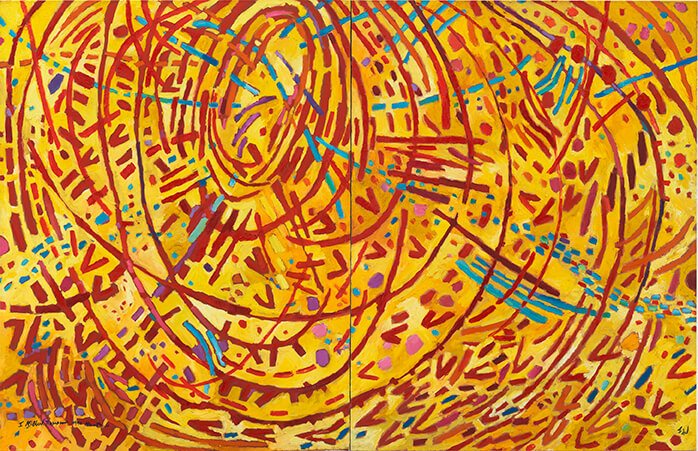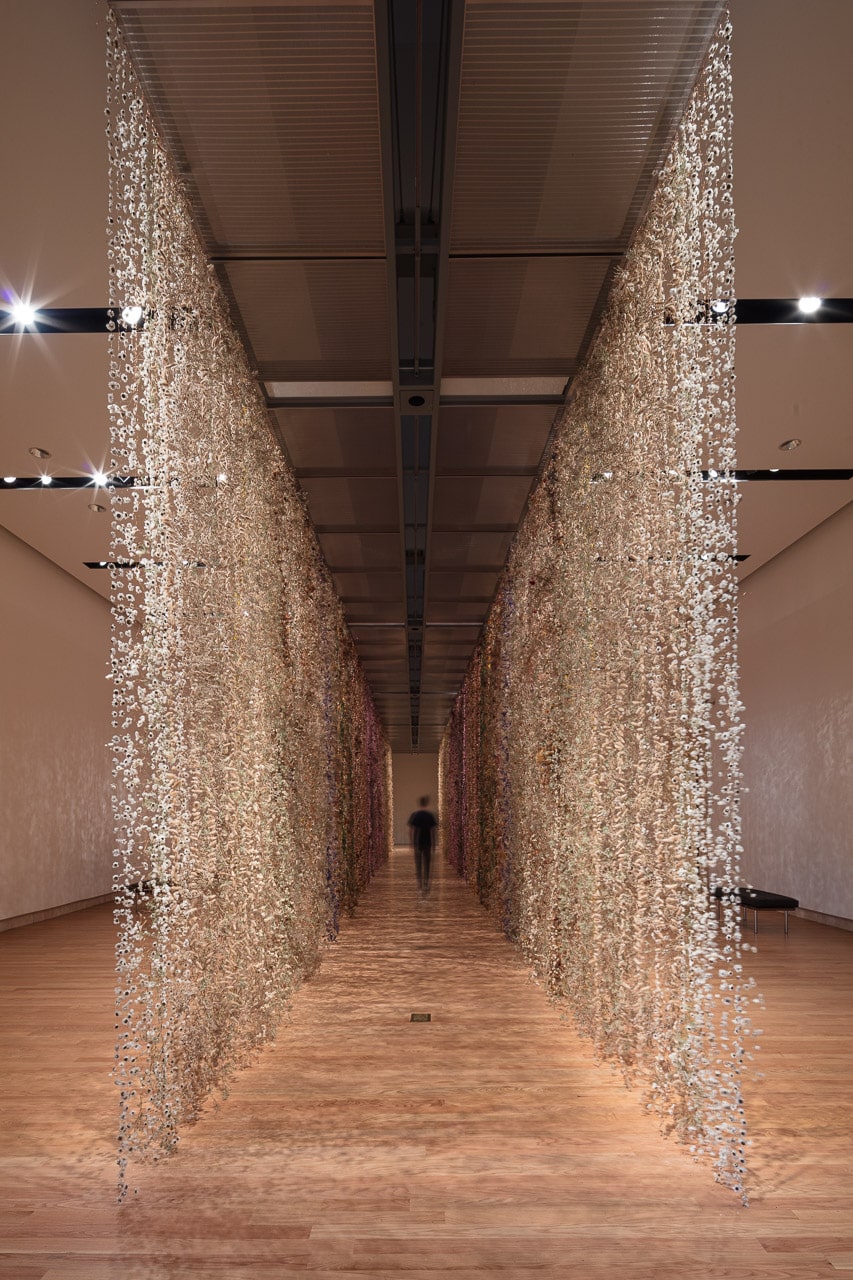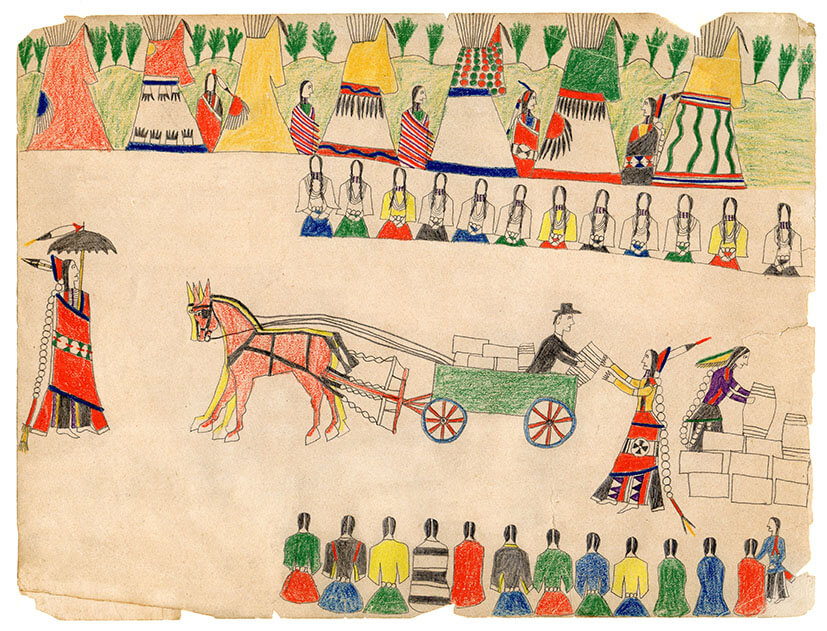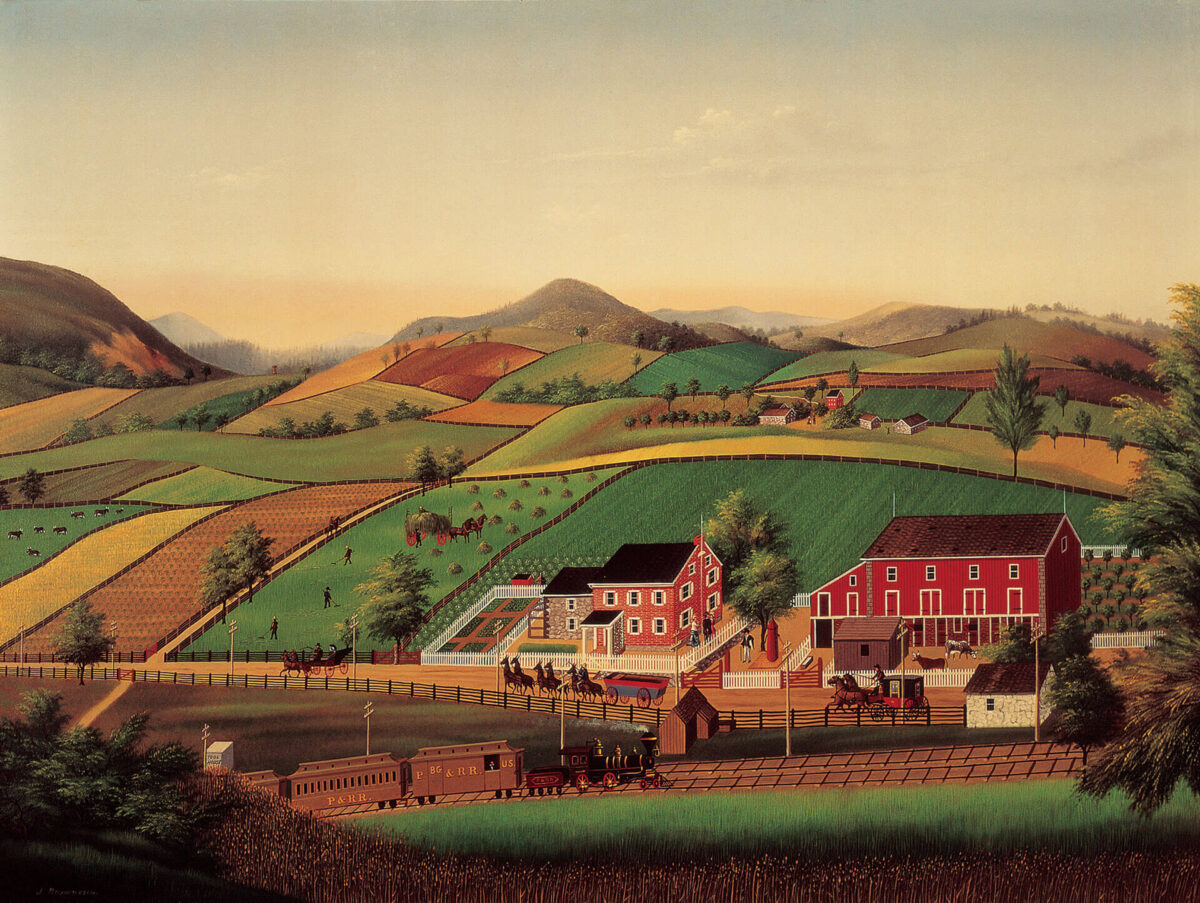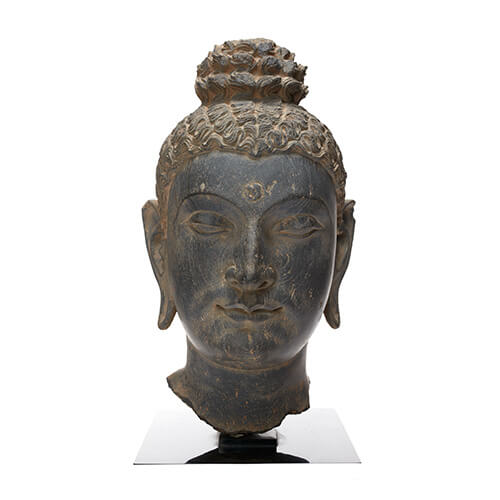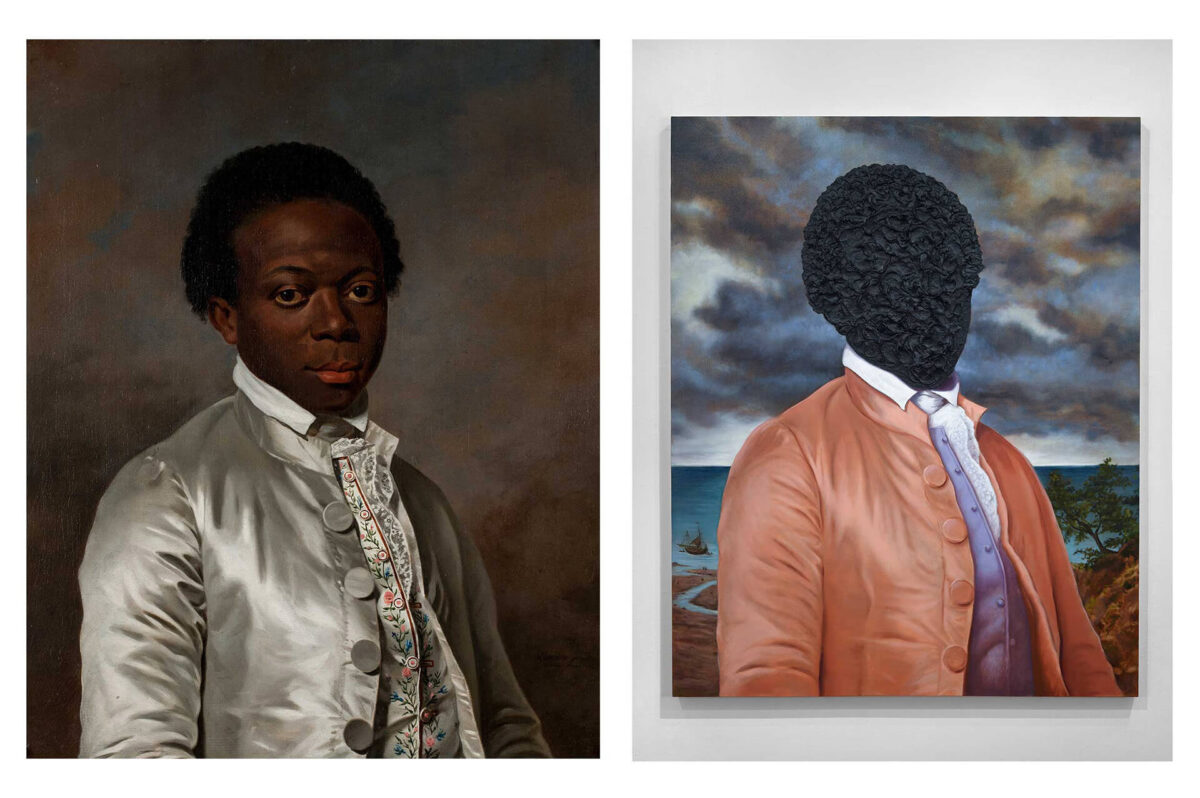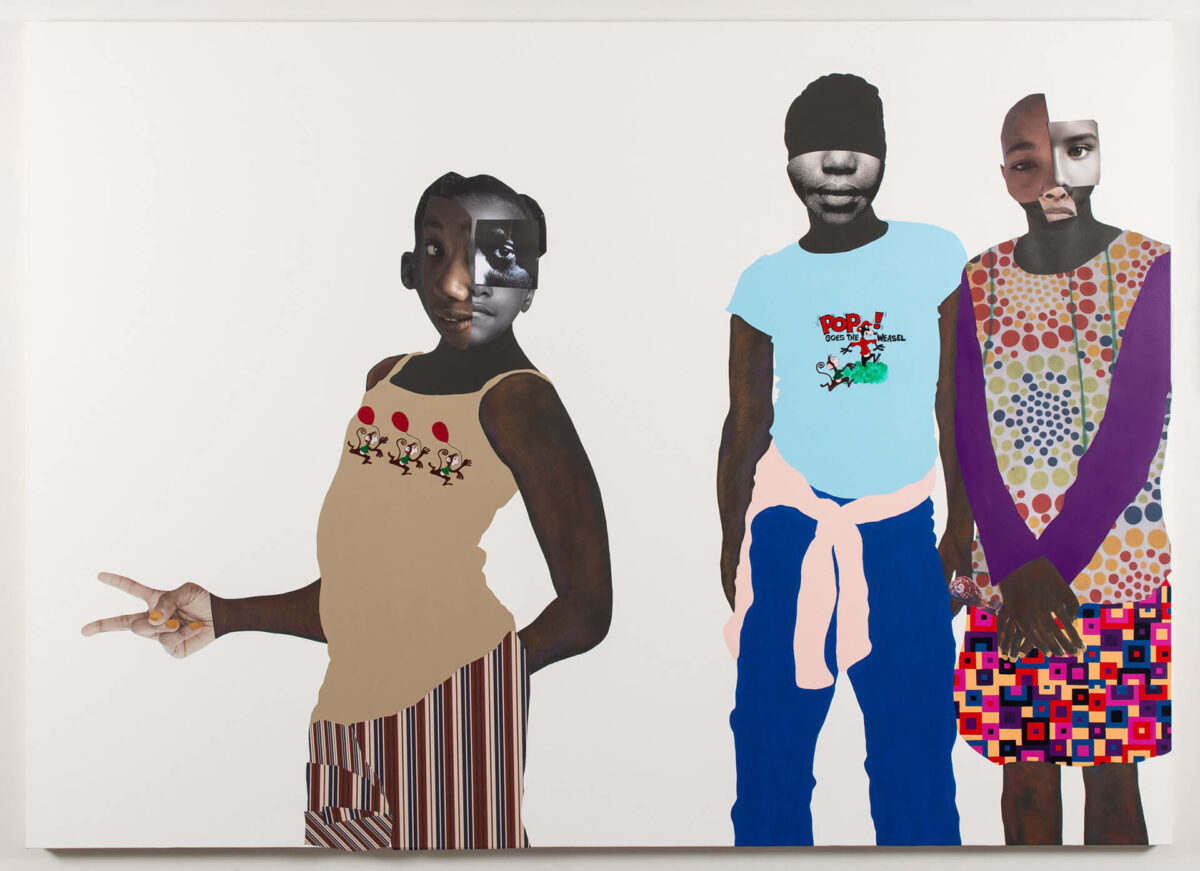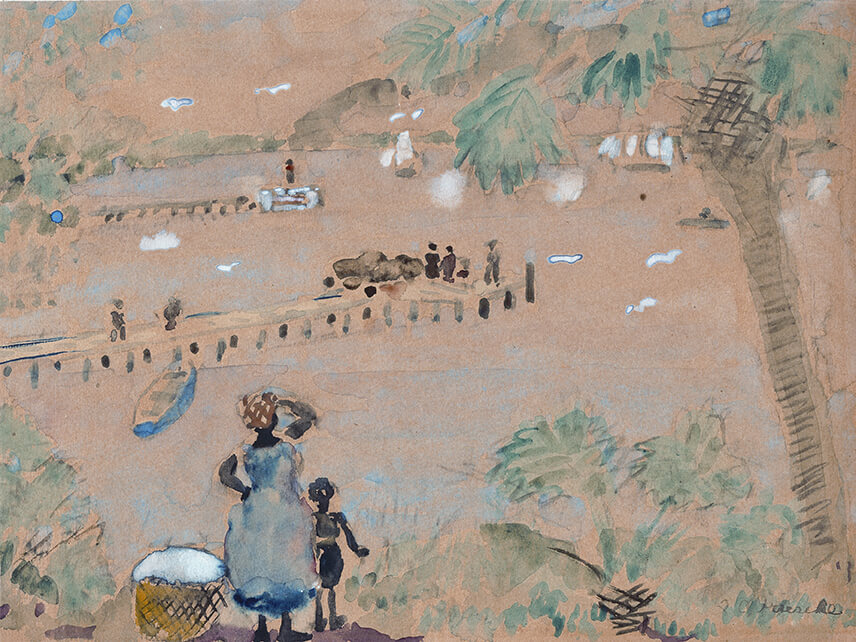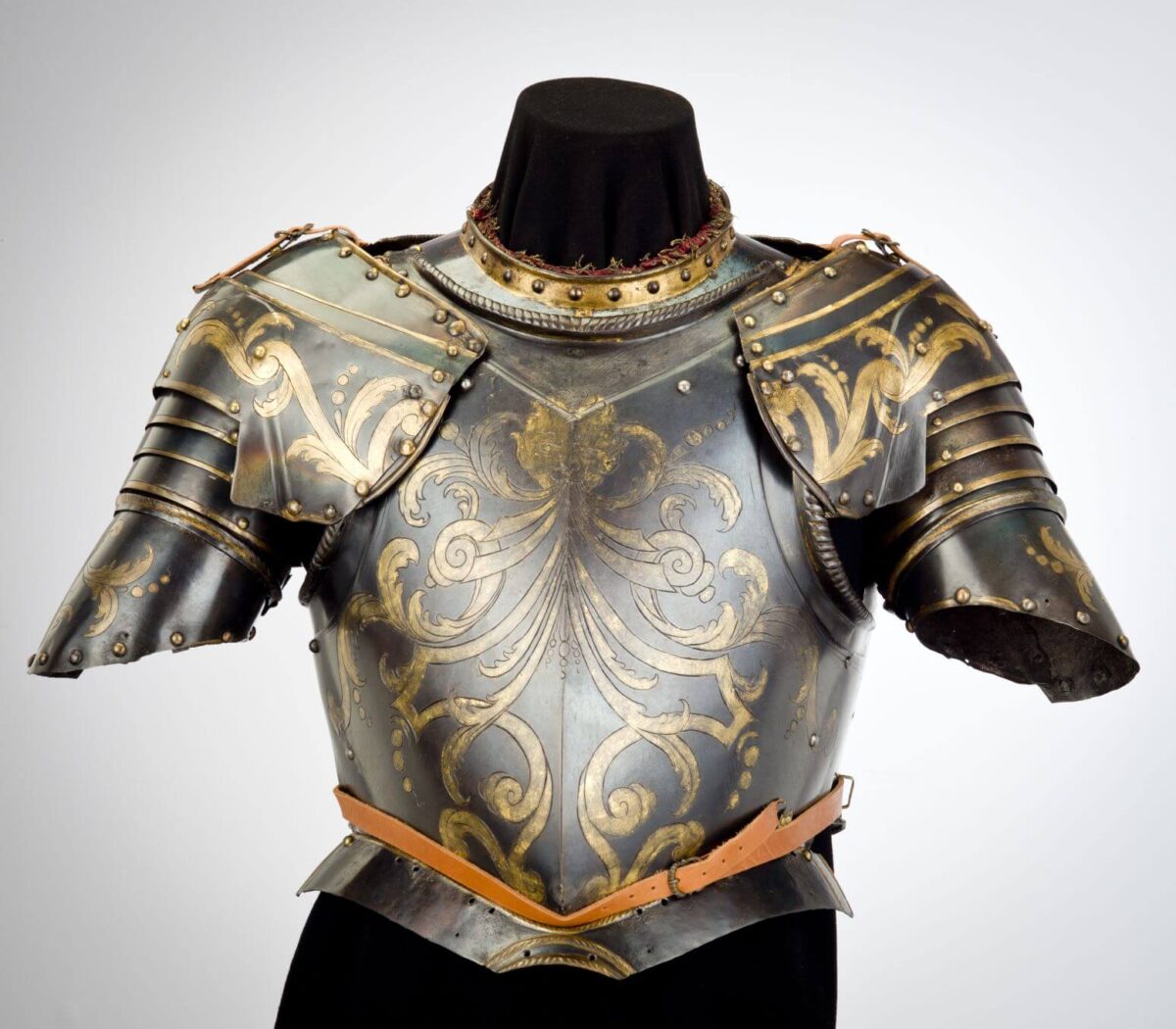Reynier Leyva Novo
Reynier Leyva Novo’s multidisciplinary practice involves extracting historical data and official documents that the artist then transforms into a formally minimalist work with great conceptual meaning. He uses photography, video, installations, and new technologies. For this work, Novo created a software he called INk, capable of carrying out a precise analysis of the amount of ink used on handwritten and printed documents. In this case, INk was applied to a series of nine laws that in the artist’s view changed the recent history of Cuba. The exact amount of ink used in each document is reproduced here in the abstract form of a black rectangle.
Collection Pérez Art Museum Miami, gift of Jorge M. Darlene Pérez.
Image:
LAW OF FOREIGN INVESTMENT April 16th, 2014 LEY NO. 118. LEY DE LA INVERSIÓN EXTRANJERA 16 de abril de 2014 2,924.63 cm2 de tinta 453. 31 sq in of ink
(detail) Novo (Reynier Leyva Novo). 9 Leyes from the series El peso de la Historia, 2014. Collection Pérez Art Museum Miami, gift of Jorge M. and Darlene Pérez. Photo: Oriol Tarridas


